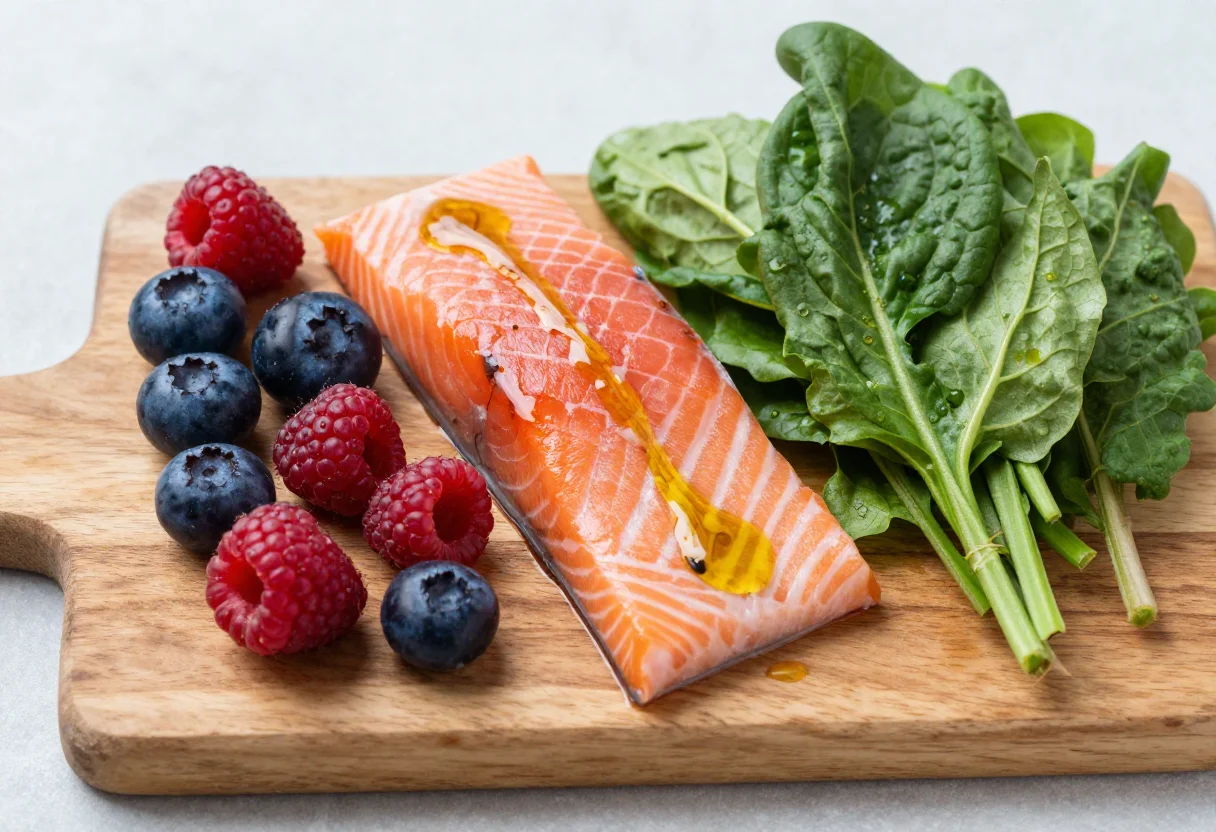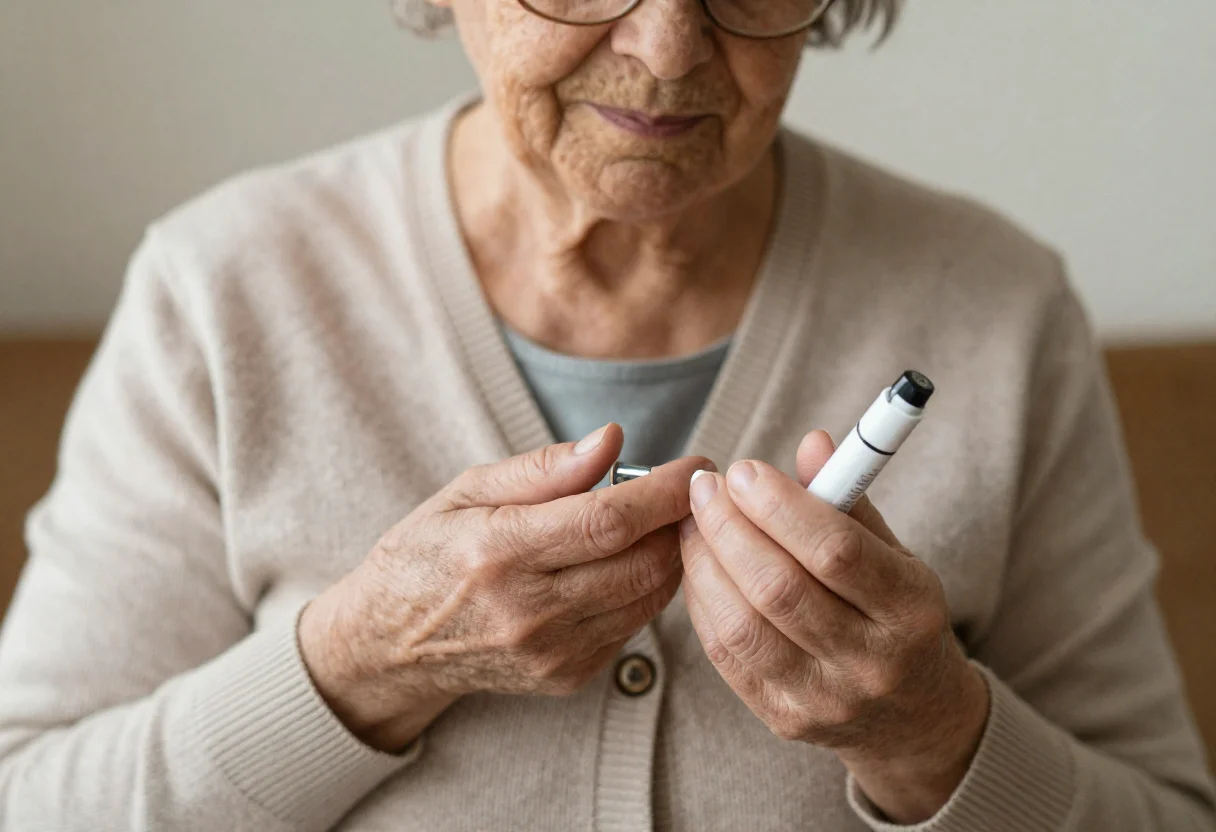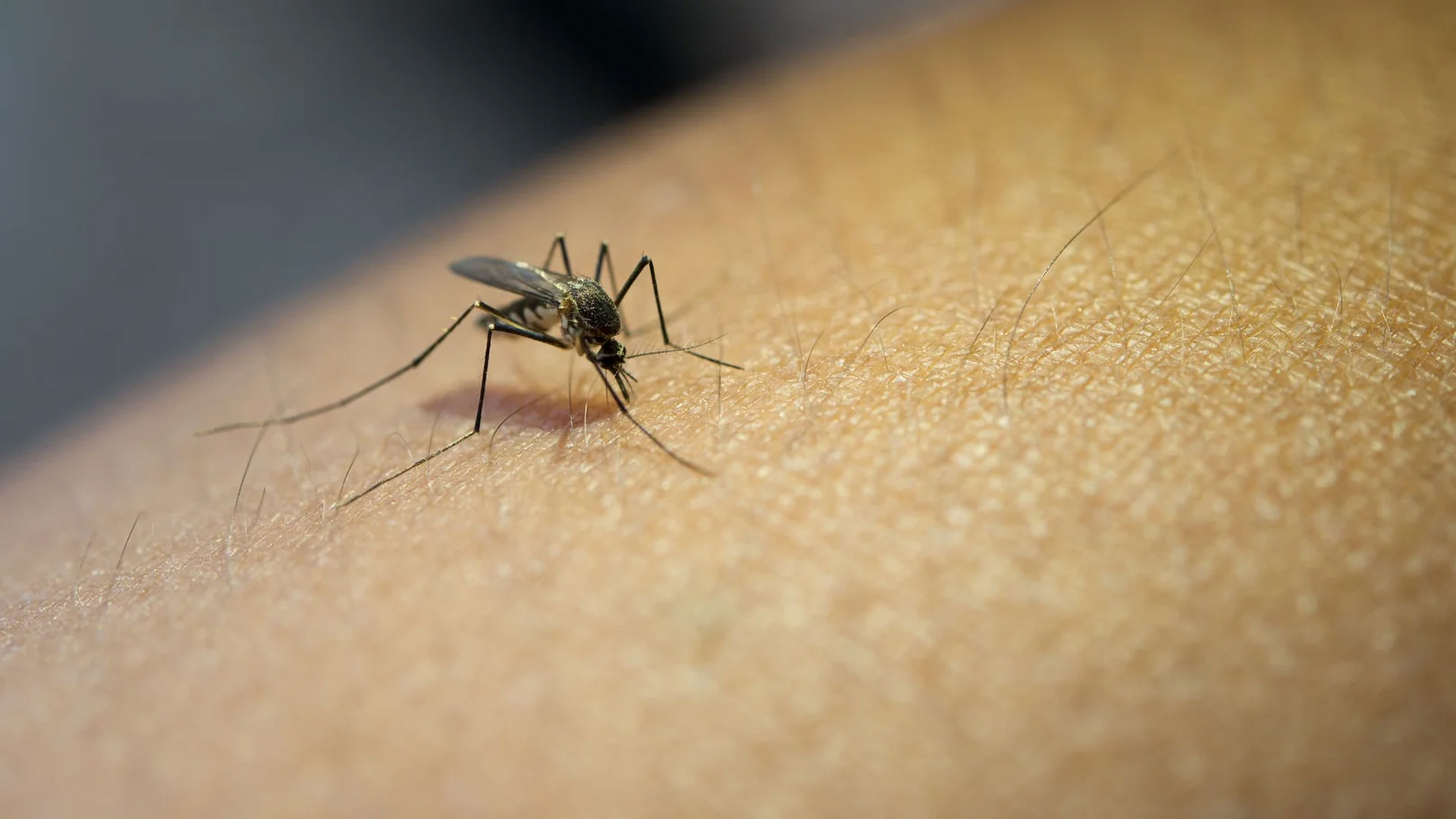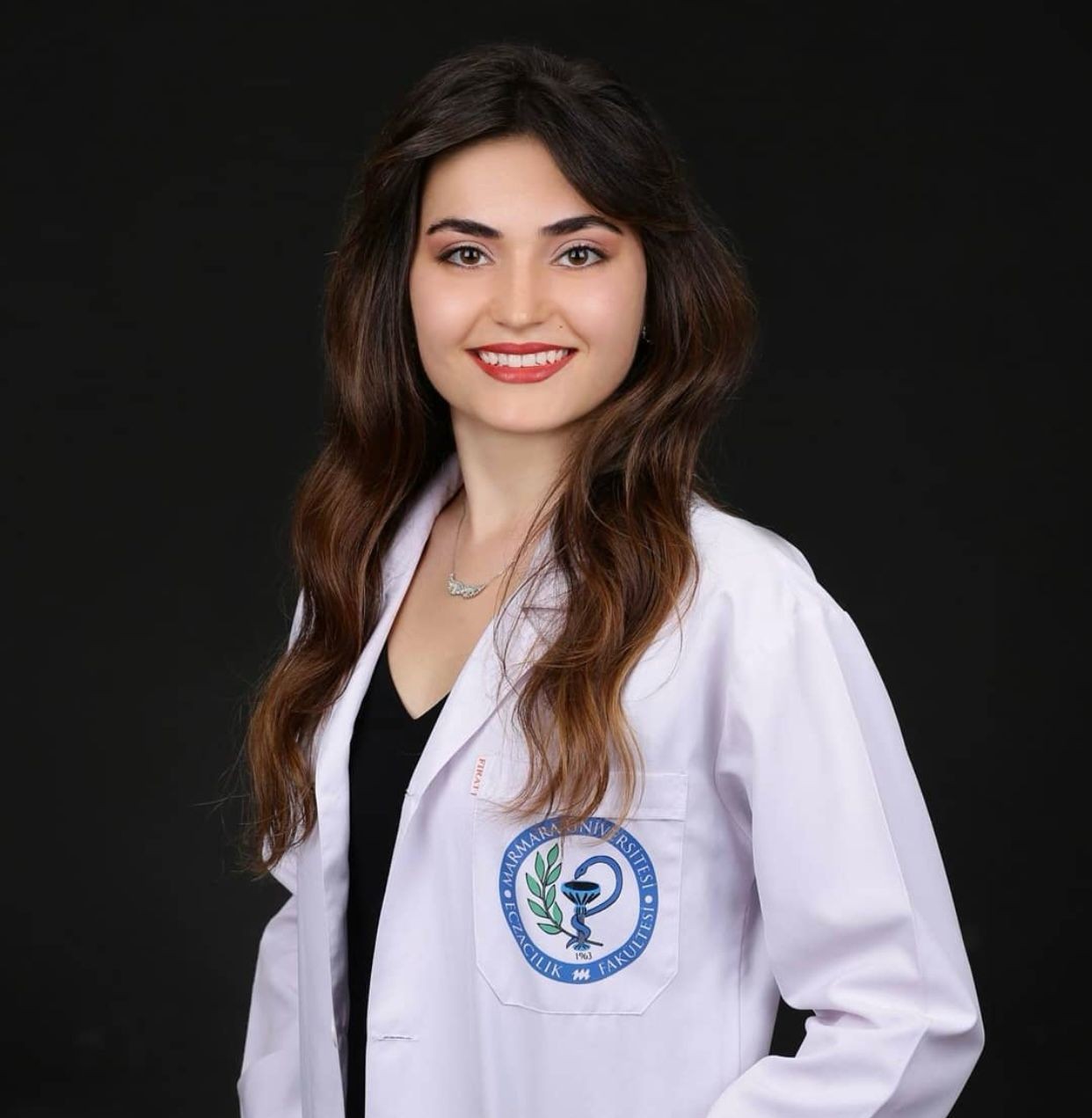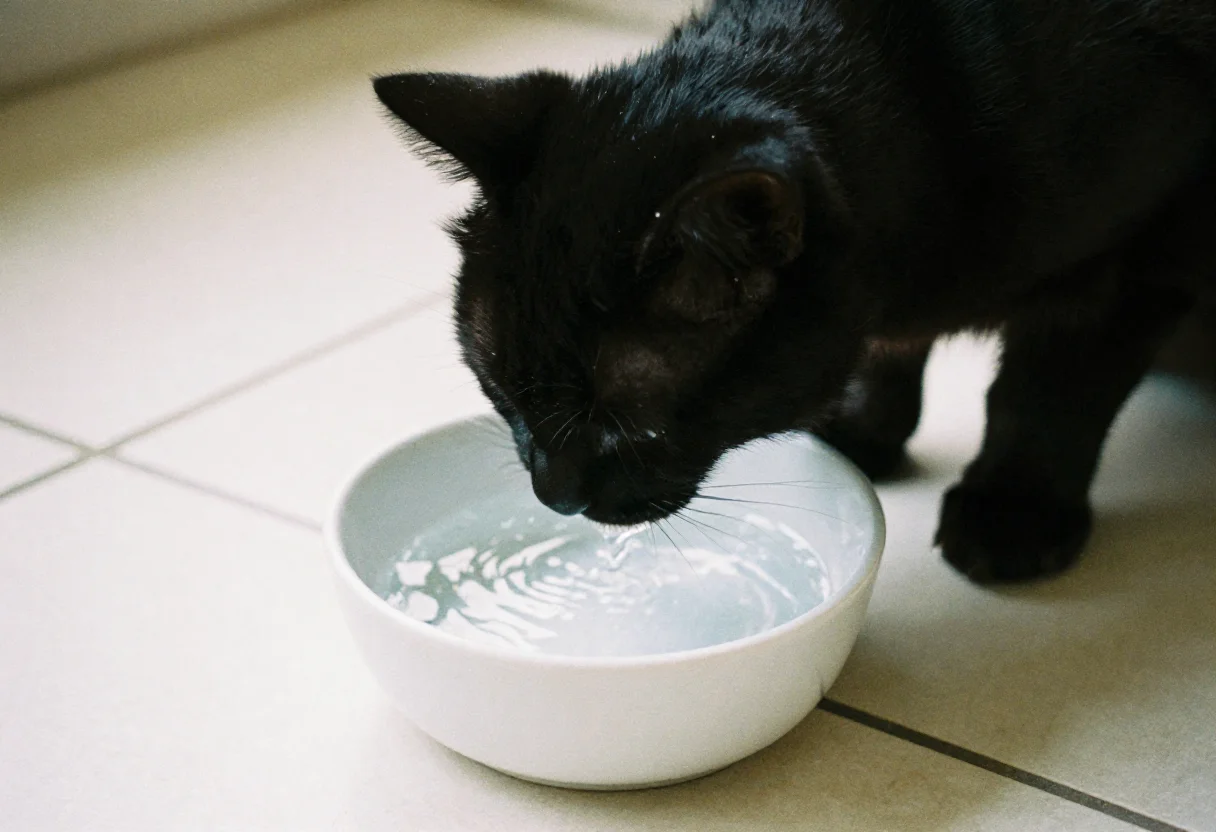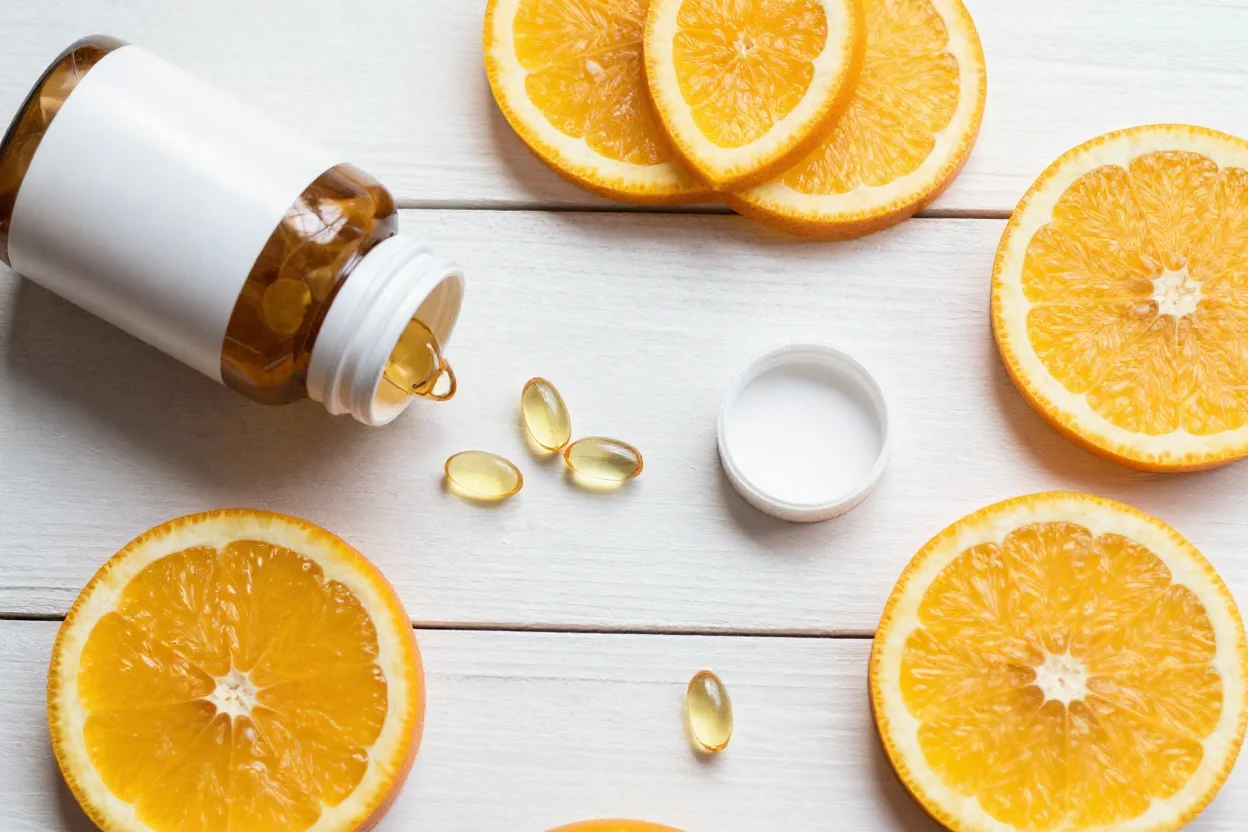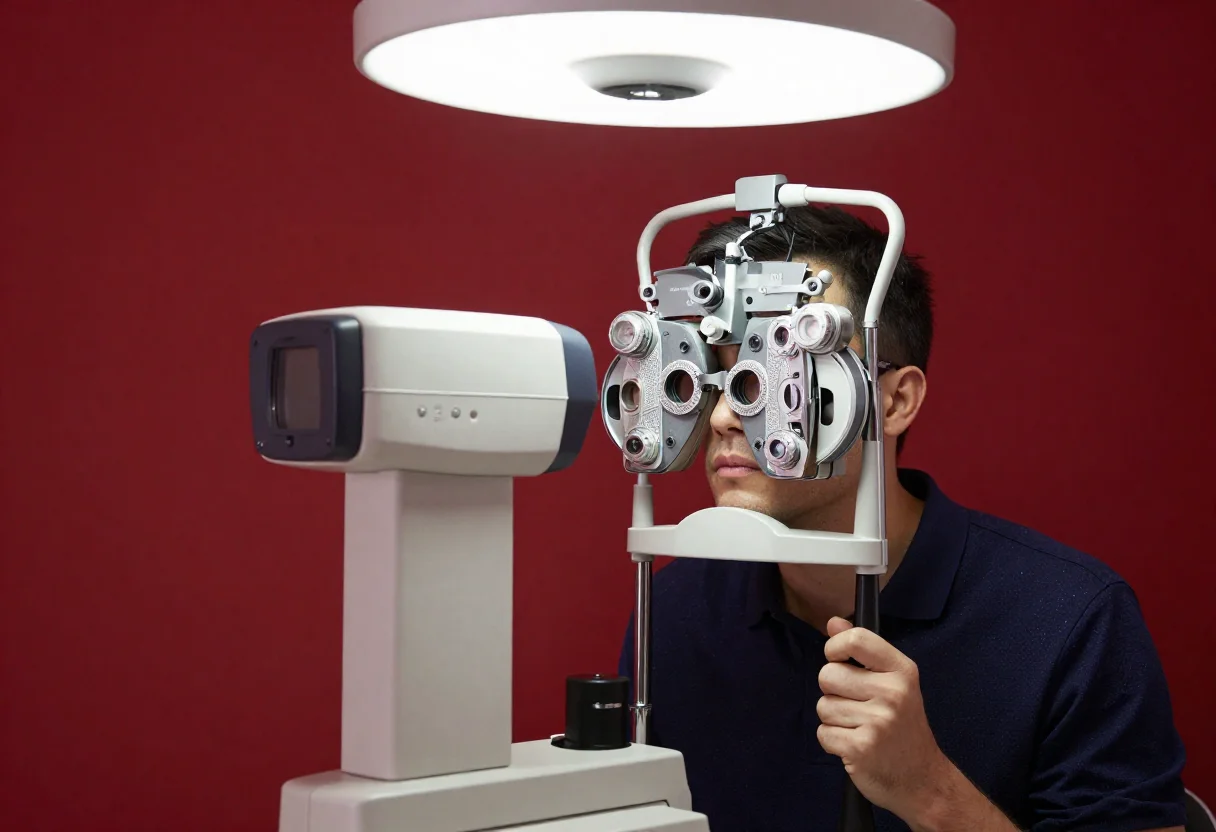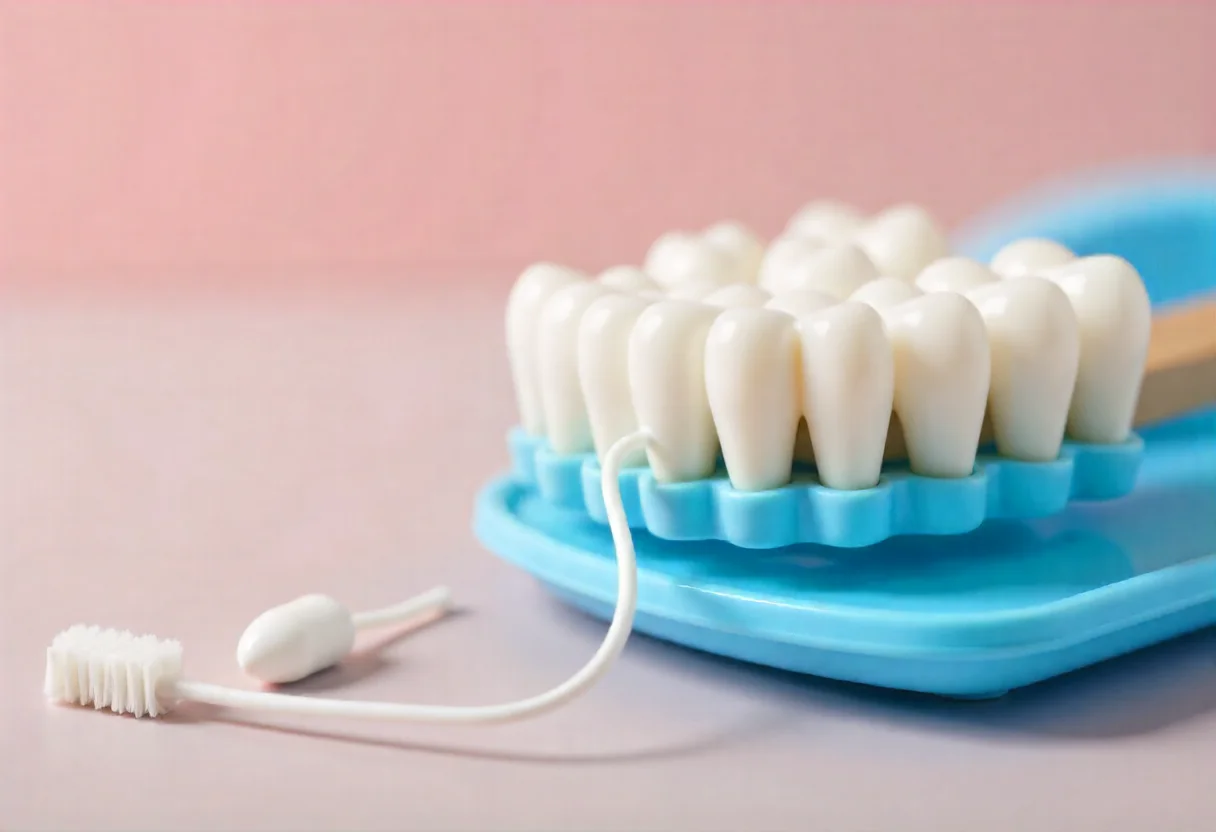
Human skin consists of three main layers: epidermis (upper layer), dermis (middle layer), and hypodermis (lower layer). The epidermis is the outermost layer of the skin; It is divided into stratum corneum, stratum lucidum, stratum granulosum, and stratum basale. It protects against external factors. The stratum corneum has a prominent role as a waterproof, relatively impermeable barrier that is key to preventing the entry of various xenobiotics*. The stratum basale determines skin color by producing pigment through cells called melanocytes. The dermis contains blood vessels, nerve endings, and collagen fibers that facilitate the transport of nutrients, which determines the strength and elasticity of the skin. Both dermal layers host immune cells such as fibroblasts, macrophages, lymphocytes, and mast cells. The hypodermis is a layer of fat and connective tissue located under the dermis that regulates body temperature. Skin adipose tissue functions as an important organ for glucose homeostasis and lipid metabolism by storing energy in the form of fatty acids. This layer also produces various mediators such as growth factors and contains many immune cells. In addition, since subcutaneous fat has low thermal conductivity, it acts as an insulation layer for the body homeostasis is the state of steady internal physical and chemical conditions maintained by living systems.
Xenobiotics: Xenobiotics are substances other than nutrients that our body interacts with during life.
Homeostasis: A state of stable internal physical and chemical conditions maintained by living systems.
Lipid: One of the basic organic compounds found in the structure of all living organisms. Lipids are divided into saturated and unsaturated fats.
Did you know that human skin, which serves as our body's physical barrier and largest organ, hosts millions of bacteria, fungi, and viruses that make up the "skin microbiome"?
These microorganisms and the environment surrounding them are the microbiome. There is no single definition of a balanced skin microbiome. The microbial balance for each individual is dynamic and unique. Microbiota colonization begins at birth and matures with us as we grow and navigate the environments around us. Its composition is determined by various internal factors such as skin area, individual differences, ethnicity, gender, and age, as well as external factors such as lifestyle, hygiene habits, use of cosmetics, antibiotics, diet, obesity, geographical location, climate, and season.
Skin microbiome; It has important roles in maintaining skin homeostasis, protection against invading pathogens*, and modulation of the immune system and gene expression. Disturbance of balance can lead to pathophysiological* problems, triggering skin conditions such as infections, allergic diseases, and autoimmune disorders.
*Pathogen: A pathogen is defined as an organism causing disease to its host.
*Pathophysiology: The study of disturbances in normal mechanical, physical, and biochemical functions caused by abnormal syndromes or conditions that cannot be called a disease or illness.
1. Carmona-Cruz S, Orozco-Covarrubias L, and Sáez-de-Ocariz M, The Human Skin Microbiome in Selected Cutaneous Diseases. (2022).
2. Chen Y, Knight R, and Gallo RL, Evolving approaches to profiling the microbiome in skin disease. (2023).
3. Dréno B, et al., The Skin Microbiome: A New Actor in Inflammatory Acne. (2020).
4. Humphrey S, et al., Defining Skin Quality: Clinical Relevance, Terminology, and Assessment. (2021).
5. Lee HJ and Kim M, Skin Barrier Function and the Microbiome. (2022).
6. Lee J, et al., Hair-bearing human skin generated entirely from pluripotent stem cells. (2020).
7. Meléndez-Martínez AJ, Stinco CM, and Mapelli-Brahm P, Skin Carotenoids in Public Health and Nutricosmetics: The Emerging Roles and Applications of the UV Radiation-Absorbing Colourless Carotenoids Phytoene and Phytofluene. (2019).
8. Nguyen AV and Soulika AM, The Dynamics of the Skin's Immune System. (2019).
9. Pangestuti R, Shin KH, and Kim SK, Anti-Photoaging and Potential Skin Health Benefits of Seaweeds. (2021).
10. Townsend EC and Kalan LR, The dynamic balance of the skin microbiome across the lifespan. (2023).
11. Xu H and Li H, Acne, the Skin Microbiome, and Antibiotic Treatment. (2019).
